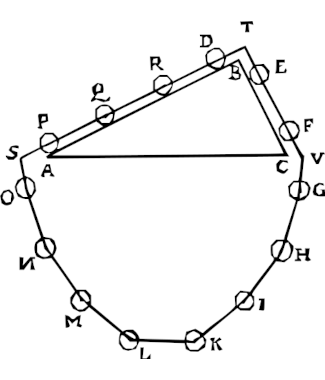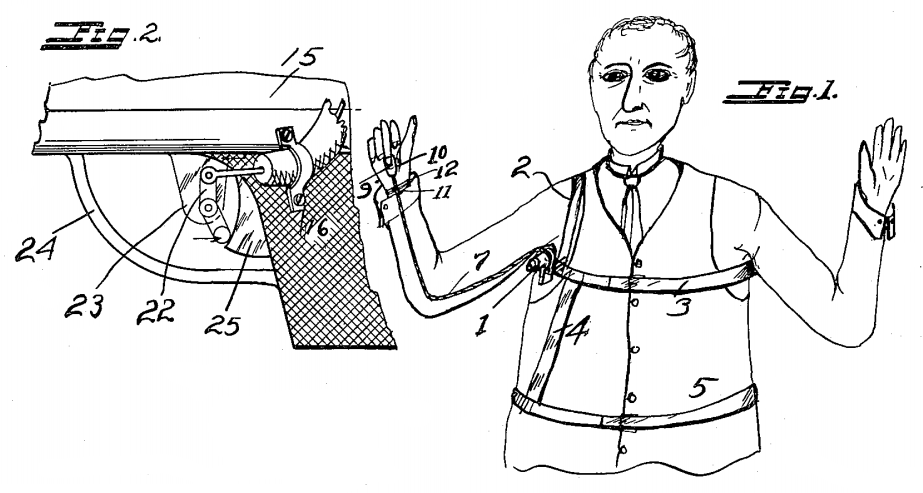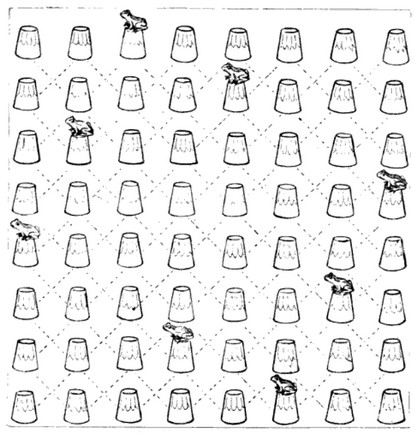The war drama Mrs. Miniver dominated the box office in 1942 and won six Oscars, but it’s remembered today chiefly for its final scene, in which a town vicar gives an inspiring speech in a bombed church, exhorting his flock to “free ourselves and those who come after us from the tyranny and terror that threaten to strike us down.”
The film was made before America had formally entered the war, and director William Wyler had rewritten this speech repeatedly on the night before shooting, in hopes that it would sway public opinion. “I’m a warmonger,” he said simply. “I was deeply concerned about Americans being isolationists. Mrs. Miniver obviously was a propaganda film.”
It succeeded beyond his hopes. Churchill claimed that the speech was “propaganda worth a hundred battleships,” and after a private screening at the White House, Franklin Roosevelt asked that it be translated into French, German, and Italian, broadcast throughout Europe on the Voice of America, and air-dropped in millions of leaflets into German-occupied territories.
Henry Wilcoxon, the actor who delivered the speech, must have had his own feelings about this — his only brother had been fatally injured at Dunkirk in 1940.







